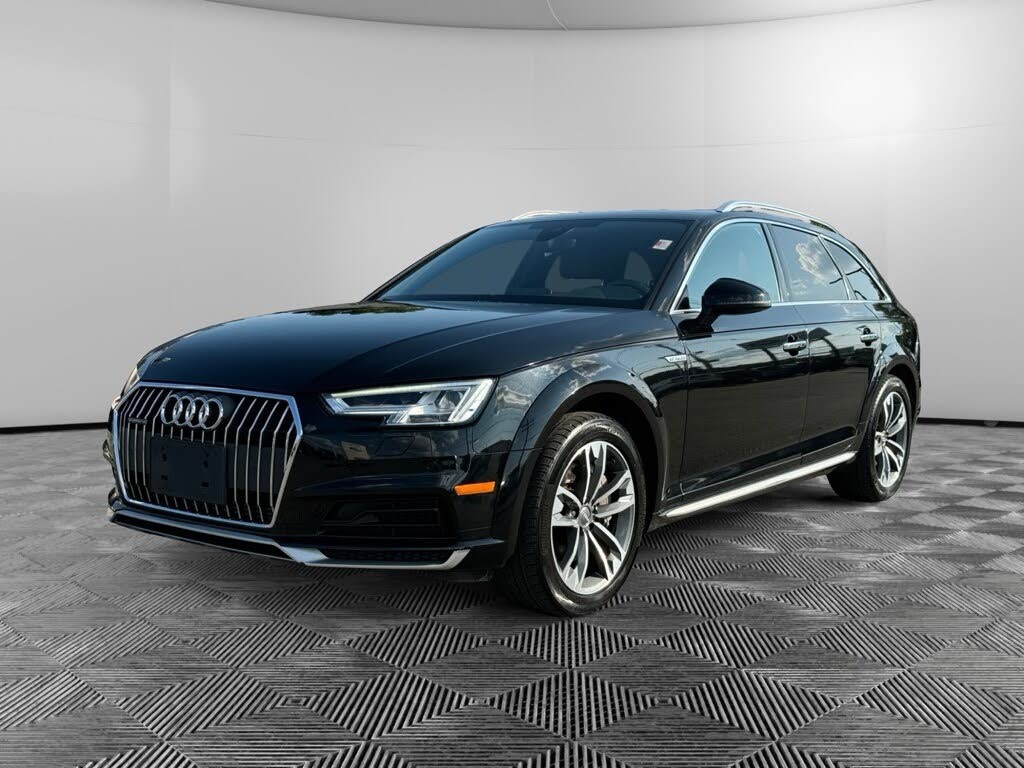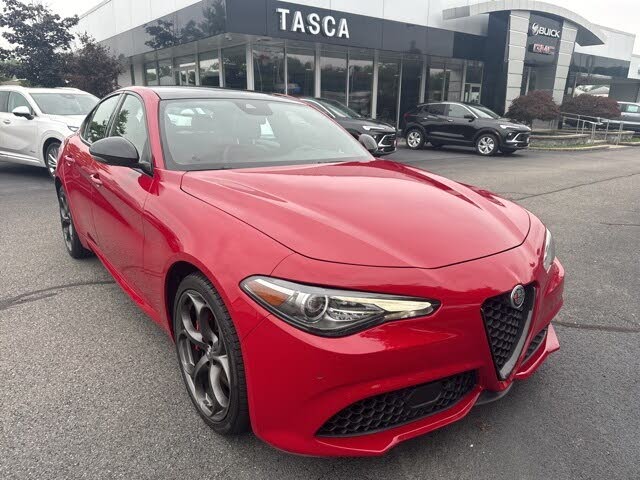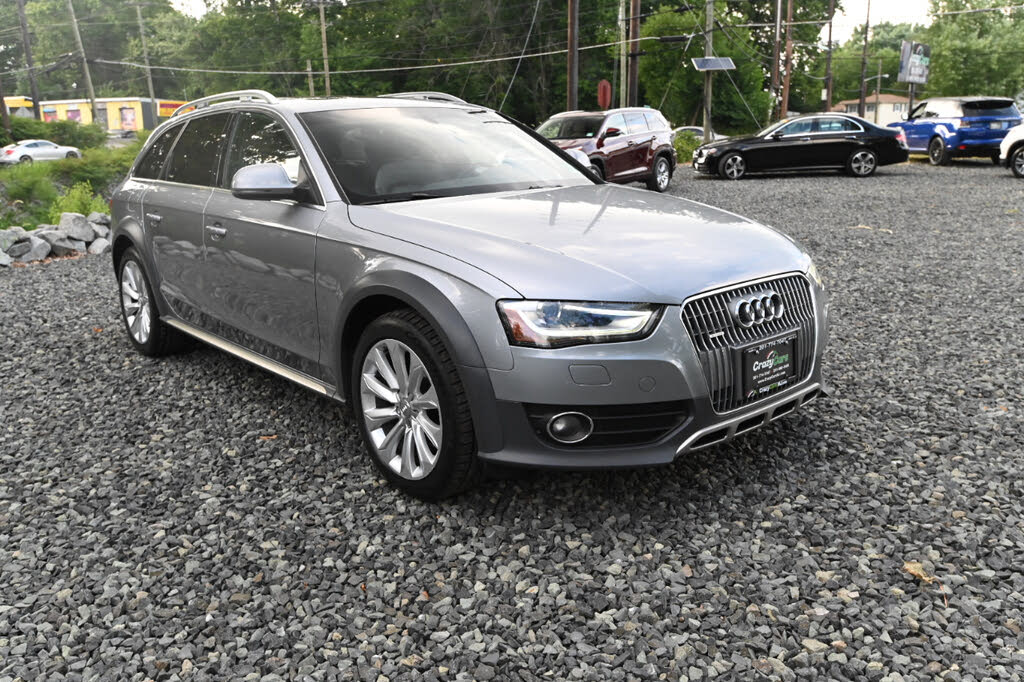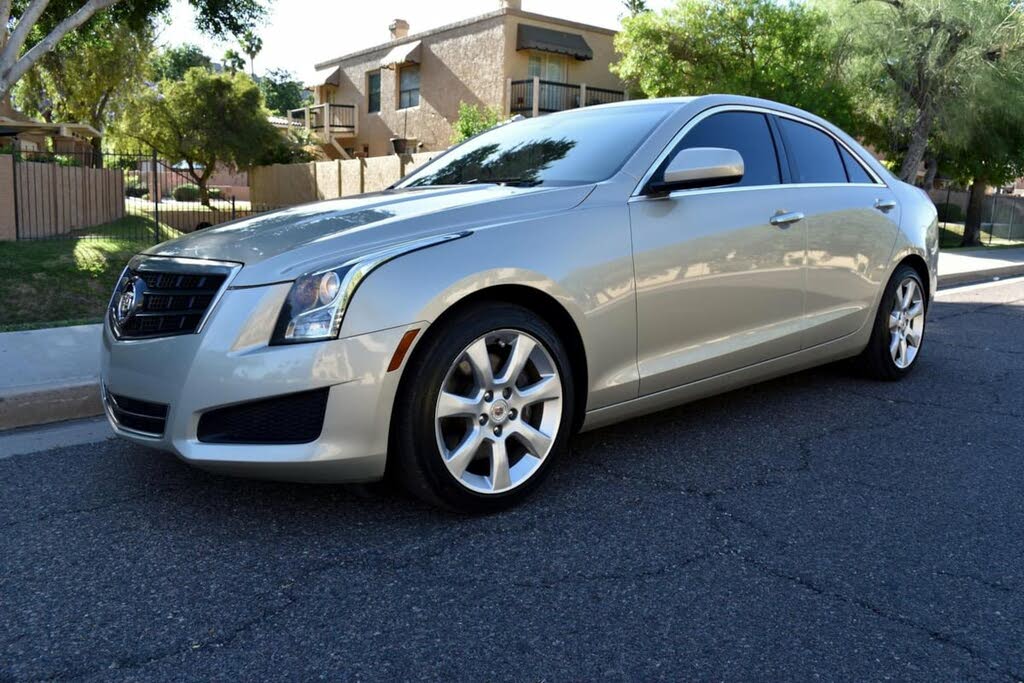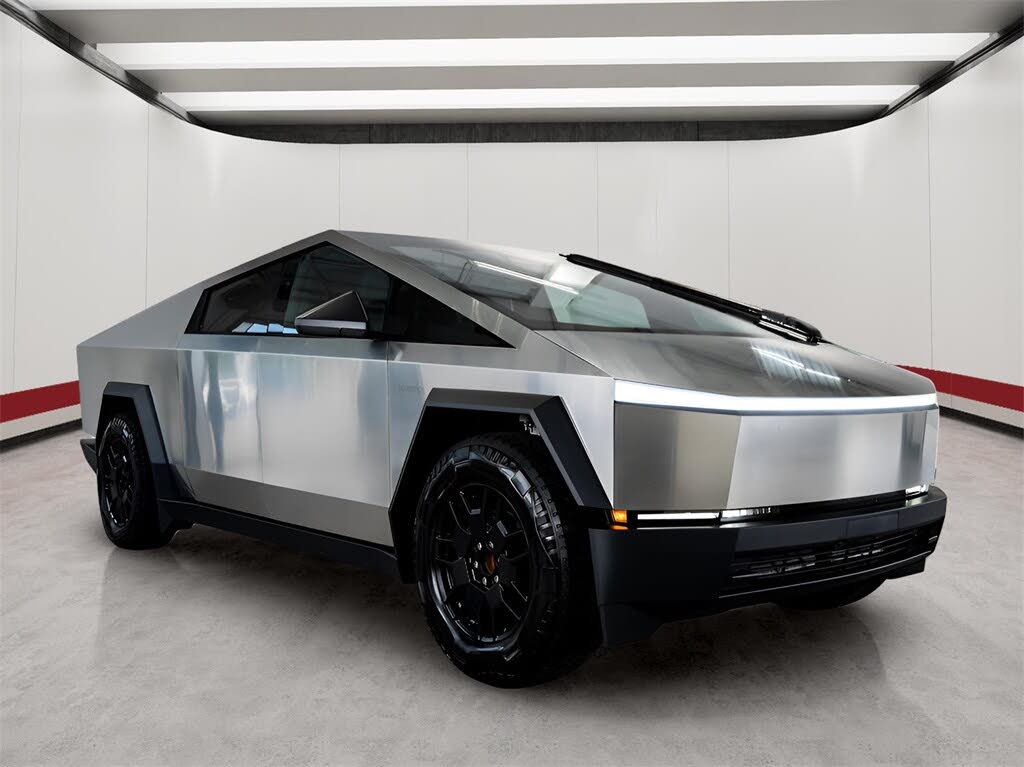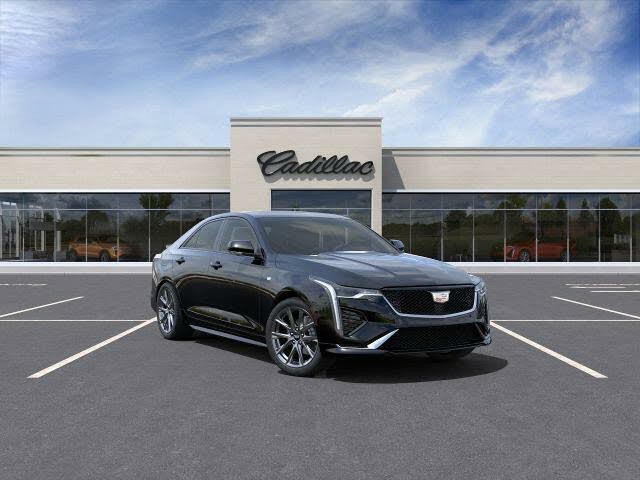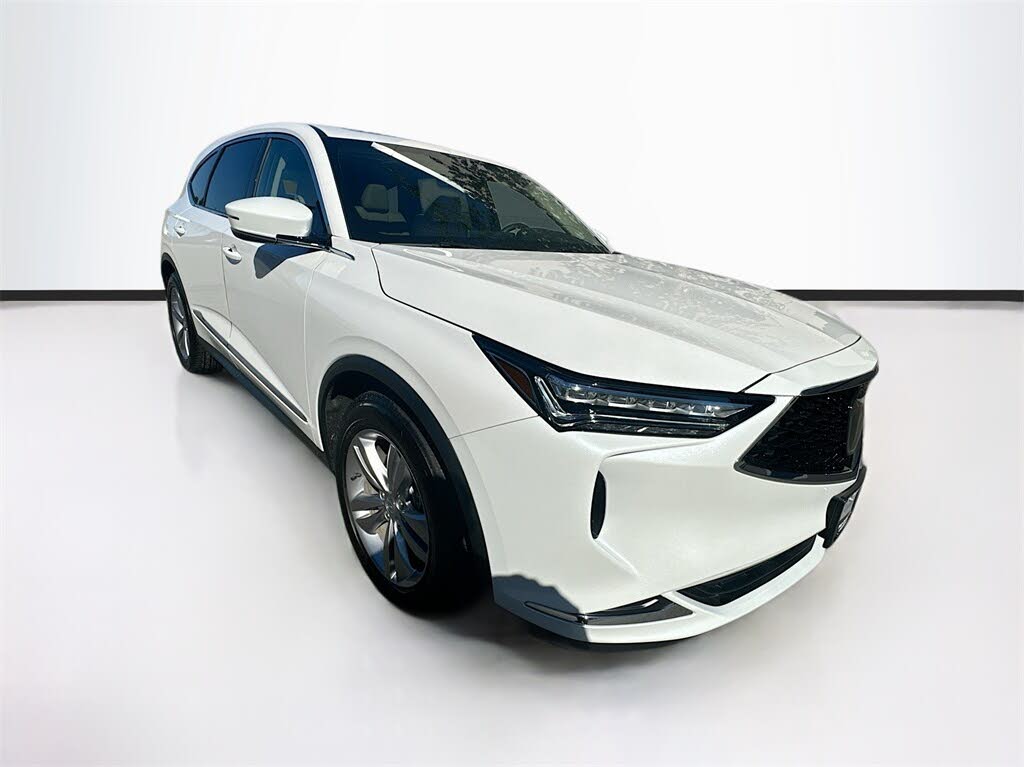The Rise of In-Car Wireless Charging Systems
Automotive manufacturers have accelerated the integration of wireless charging technology in recent years, transforming what was once a luxury feature into increasingly common equipment. Leading brands including Toyota, Lexus, Jeep, Cadillac, Dodge, GMC, and Chevrolet now offer factory-installed wireless charging pads across many models, with adoption rates growing approximately 47% year-over-year according to recent automotive tech reports.
This rapid implementation stems from two key factors:
- Consumer demand for cable-free convenience matches the smartphone industry's shift toward wireless solutions
- Vehicle integration with infotainment systems creates seamless connectivity experiences
However, compatibility remains a significant challenge. While modern flagship smartphones typically support wireless charging, older devices like the iPhone 6 require modifications to work with these in-car systems.
Understanding Wireless Charging Standards: Qi vs. Powermat
The automotive industry primarily utilizes two competing wireless charging standards:
Qi Wireless Charging (Pronounced "Chee")
Developed by the Wireless Power Consortium (WPC), Qi has become the dominant standard adopted by:
- Toyota/Lexus vehicles
- Most European luxury brands
- Over 80% of Android flagship phones
- --TOP ADVERTISEMENT HERE--
Powermat/PMA Standard
Used primarily by General Motors in:
- Cadillac models
- Chevrolet vehicles
- GMC trucks and SUVs
In a significant development for consumers, GM's implementation maintains dual compatibility with both Powermat and Qi devices, avoiding the format wars reminiscent of Blu-ray vs. HD-DVD.
Retrofitting Older iPhones for Wireless Charging
For owners of iPhones before the 8/X generation (which introduced native Qi support), adding wireless charging capability requires one of two approaches:
Option 1: Qi-Compatible Cases
Several manufacturers produce cases that integrate Qi receivers while providing device protection:
- Apple-approved options: Look for "Made for iPhone" certification
- Third-party solutions: Often more affordable but verify Qi certification
-
Option 2: Receiver Adapter Cards
These ultra-thin modules (typically under $20) attach to your phone:
- Plug into Lightning port
- Adhere to back of phone
- Enable charging through cases up to 7mm thick
Important considerations when retrofitting:
Safety Notice
"While third-party adapters generally won't damage your device, uncertified products may not meet Qi standards for efficiency and safety," cautions John Perzow, WPC's VP of Market Development. Always look for official Qi certification marks when purchasing adapters.
Real-World Testing: Wireless Charging in Lexus Vehicles
Testing a retrofit solution in a Lexus NX 300h revealed several key insights:
Performance Observations
- Charging pad perfectly accommodated iPhone 6 dimensions
- Successful charging through an OtterBox Defender case
- Approximate charge rate of 5W (standard Qi baseline)
- --FIRST CONTENT ADVERTISEMENT HERE--
Practical Limitations
- Lightning port occupied by adapter prevents simultaneous wired use
- Potential overheating with uncertified adapters during extended use
- Positioning requirements more finicky than native Qi devices
Native Wireless Charging Smartphones
Many modern smartphones support Qi charging without modification:
| Brand | Supported Models | Notes |
|---|---|---|
| Apple | iPhone 8 and later | Includes MagSafe on iPhone 12+ |
| Samsung | Galaxy S6 and later | Most flagships since 2015 |
| Pixel 3 and later | Some models support faster charging |
For the most current compatibility list, visit the Wireless Power Consortium's official website.
The Future of In-Car Wireless Charging
Emerging developments suggest several coming advancements:
Higher Power Standards
Next-generation Qi specifications will support:
- 15W fast charging (3x current baseline)
- Multi-device charging pads
- Improved positioning flexibility
Vehicle Integration Trends
Automakers are exploring:
- Console-integrated charging (beyond simple pads)
- Simultaneous data transfer capabilities
- Combined NFC pairing with charging initiation
As vehicles become increasingly connected, seamless power solutions will play a crucial role in the user experience.
Expert Recommendations
Based on extensive testing and industry insights:
For Current Vehicle Owners
- Verify your phone's compatibility before relying on in-car wireless charging
- For older iPhones, consider Apple-certified cases over generic adapters
- Position devices carefully to ensure proper charging initiation
For Car Shoppers
- Prioritize vehicles with dual-standard (Qi/Powermat) support
- Test charging with your specific phone before purchase
- Consider future-proofing with higher-wattage capable systems
- --SECOND CONTENT ADVERTISEMENT HERE--
